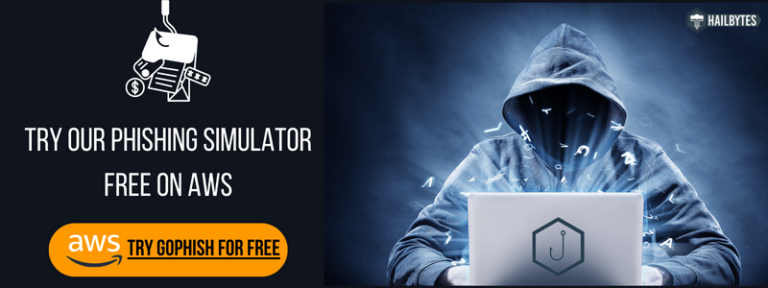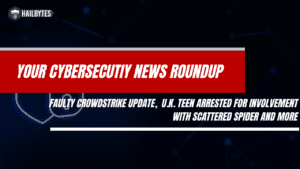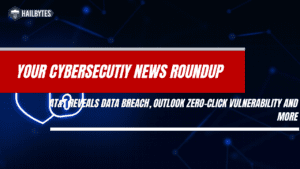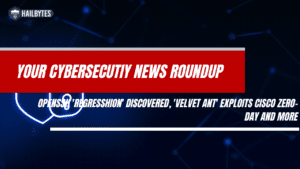Phishing Prevention Best Practices: Tips for Individuals and Businesses

Introduction
Phishing attacks pose a significant threat to individuals and businesses, targeting sensitive information and causing financial and reputational damage. Preventing phishing attacks requires a proactive approach that combines cybersecurity awareness, robust security measures, and ongoing vigilance. In this article, we will outline essential phishing prevention best practices for individuals and businesses, helping to mitigate the risks associated with these malicious attacks.
For Individual
- Be Wary of Suspicious Emails:
Exercise caution when receiving emails from unknown senders or those that contain unexpected attachments or links. Scrutinize email addresses, look for grammatical errors, and hover over links to verify their destination before clicking.
- Verify Website Authenticity:
When prompted to provide sensitive information, ensure you are on a legitimate website. Check for secure connections (https://), examine the URL for spelling errors or variations, and confirm the website’s security certificate.
- Think Before You Click:
Avoid clicking on links or downloading attachments from unverified sources. When in doubt, independently search for the website or contact the organization directly to verify the legitimacy of the request.
- Strengthen Password Security:
Use strong, unique passwords for each online account and consider utilizing a password manager to securely store and generate complex passwords. Enable multi-factor authentication whenever possible to add an extra layer of protection.
- Keep Software Updated:
Regularly update your operating system, web browsers, and security software to ensure you have the latest patches and protection against known vulnerabilities.
For Businesses
- Employee Training and Education:
Provide comprehensive cybersecurity awareness training to employees, focusing on recognizing phishing attempts, understanding social engineering tactics, and reporting suspicious activities. Regularly update training materials to address emerging threats.
- Implement Strong Email Security Measures:
Deploy robust spam filters and email security solutions that can detect and block phishing emails before they reach employees’ inboxes. Consider using DMARC (Domain-based Message Authentication, Reporting, and Conformance) to prevent email spoofing.
- Enable Multi-Factor Authentication (MFA):
Implement MFA across all systems and applications to minimize the risk of unauthorized access even if login credentials are compromised. This extra layer of security significantly reduces the likelihood of successful phishing attacks.
- Regularly Backup Data:
Maintain secure and up-to-date backups of critical business data. This ensures that in the event of a successful phishing attack or other security incident, data can be restored without paying ransom or experiencing significant downtime.
- Conduct Vulnerability Assessments and Penetration Testing:
Regularly assess your organization’s security posture by conducting vulnerability assessments and penetration testing. This helps identify potential vulnerabilities and weaknesses that could be exploited by attackers.
- Stay Informed and Updated:
Stay abreast of the latest phishing trends, attack techniques, and security best practices. Subscribe to cybersecurity newsletters, follow reputable industry blogs, and participate in forums or webinars to gain insights into emerging threats and preventive measures.
Conclusion
Phishing attacks continue to evolve, targeting individuals and businesses with increasing sophistication. By implementing the best practices outlined above, individuals can protect themselves from falling victim to phishing scams, while businesses can strengthen their defenses and minimize the risk of data breaches and financial losses. Combining cybersecurity awareness, ongoing education, robust security measures, and a proactive mindset, individuals and businesses can effectively prevent and mitigate the impact of phishing attacks, safeguarding their sensitive information and digital well-being.







